OP
Navigation
Install the app
How to install the app on iOS
Follow along with the video below to see how to install our site as a web app on your home screen.
Note: This feature may not be available in some browsers.
More options
-
By using this site you agree to the terms, rules, and privacy policy.
-
Charlie's Restoration Giveaway #2 (Entire Home EMF Mitigation & Protection Along With Personal Protection) - Click Here To Enter
-
Dear Carnivore Dieters, A Muscle Meat Only Diet is Extremely Healing Because it is a Low "vitamin A" Diet. This is Why it Works so Well...
Rest the rest of this post by clicking here
-
The Forum is transitioning to a subscription-based membership model - Click Here To Read
Click Here if you want to upgrade your account
If you were able to post but cannot do so now, send an email to admin at raypeatforum dot com and include your username and we will fix that right up for you.
You are using an out of date browser. It may not display this or other websites correctly.
You should upgrade or use an alternative browser.
You should upgrade or use an alternative browser.
OP
Peatness
Guest
Big Bucks, Big Pharma - Marketing Disease and Pushing Drugs
View: https://www.bitchute.com/video/KVpOG8xwpV0y/
Worst Pills Best Pills
An expert, independent second opinion on more than 1,800 prescription drugs, over-the-counter medications, and supplements
OP
Peatness
Guest
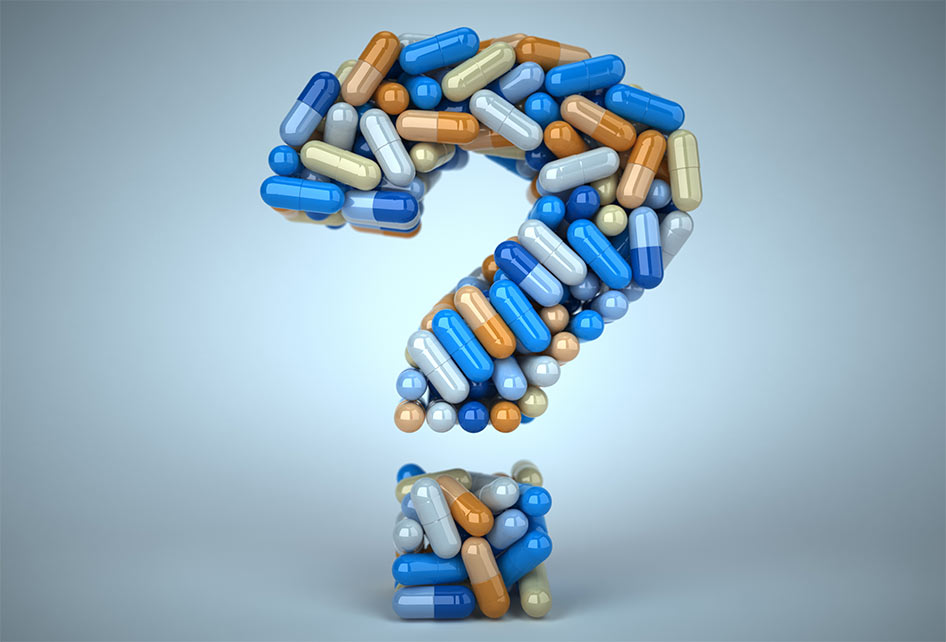
Why I Won’t Take These ‘Safe’ Drugs
Many of the most popular drugs being prescribed for millions have significant side effects that just don't outweigh the risks. There are four drugs, which are frequently prescribed to women, that fall into this category. Read on to find out which drugs I personally would not take.
 www.drnorthrup.com
www.drnorthrup.com

Why You Should Skip Your Annual Check-Up
The other day I received my “health plan” from my insurance company, which informed me that my health plan for the next year is to 1) get a mammogram, 2) get a colonoscopy, 3) have my lipid profile done, and 4) get a blood pressure check. Clearly my insurance company does not know me or […]
 www.drnorthrup.com
www.drnorthrup.com
OP
Peatness
Guest
OP
Peatness
Guest
In Summary, for those who took anti-hypertensives:
Benefits in NNT
- 1 in 125 were helped (prevented death)
- 1 in 67 were helped (prevented stroke)
- 1 in 100 were helped (prevented heart attack*)
- 1 in 10 were harmed (medication side effects, stopping the drug)
OP
Peatness
Guest
Dr Daniels dissects the new blood pressure guidelines. As it’s March 2020 she also delves into the world of the ‘novel virus’.
View: https://www.youtube.com/watch?v=zhpQAEtEb4Y
View: https://www.youtube.com/watch?v=zhpQAEtEb4Y
OP
Peatness
Guest
Who benefits from these screening? - I no longer trust the process or the headlines
Why I Won’t Take These ‘Safe’ Drugs
Many of the most popular drugs being prescribed for millions have significant side effects that just don't outweigh the risks. There are four drugs, which are frequently prescribed to women, that fall into this category. Read on to find out which drugs I personally would not take.www.drnorthrup.com

Why You Should Skip Your Annual Check-Up
The other day I received my “health plan” from my insurance company, which informed me that my health plan for the next year is to 1) get a mammogram, 2) get a colonoscopy, 3) have my lipid profile done, and 4) get a blood pressure check. Clearly my insurance company does not know me or […]www.drnorthrup.com
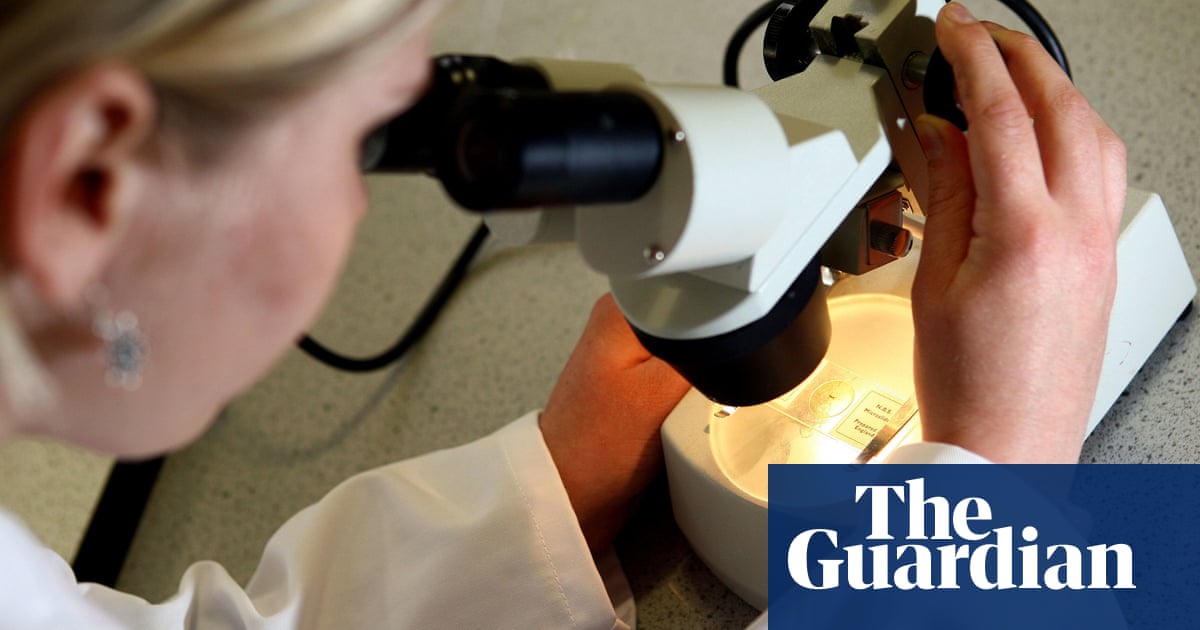
Revealed: racial disparity in cancer diagnoses via screening in England
Exclusive: research finds black people are 38% less likely than white people to be diagnosed in this way
OP
Peatness
Guest
Effects of Quercetin on Blood Pressure

Effects of Quercetin on Blood Pressure: A Systematic Review and Meta‐Analysis of Randomized Controlled Trials
Quercetin, the most abundant dietary flavonol, has antioxidant effects in cardiovascular disease, but the evidence regarding its effects on blood pressure () has not been conclusive. We assessed the impact of quercetin on through a systematic review ...

Quercetin: A Treatment for Hypertension?-A Review of Efficacy and Mechanisms - PubMed
Quercetin is a polyphenolic flavonoid. Common sources in the diet are apples, onions, berries, and red wine. Epidemiological studies have found an inverse relationship between dietary quercetin intake and cardiovascular disease. This has led to in vitro, in vivo, and clinical research to...
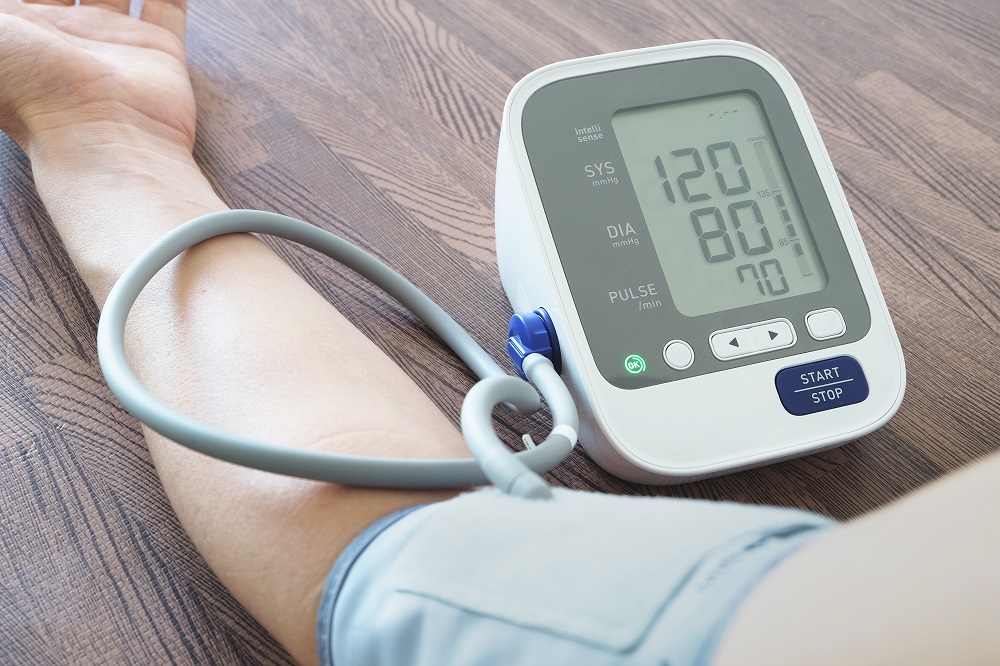
How Quercetin May Help Reduce Hypertension
High blood pressure, or Hypertension to use its correct name, is a chronic medical condition where the blood pressure in the arteries is at a [...]
www.isoquercetin.net
OP
Peatness
Guest
Photosensitivity with Angiotensin II Receptor Blockers:

Photosensitivity with Angiotensin II Receptor Blockers: A Retrospective Study Using Data from VigiBase(®) - PubMed
Photosensitivity reactions have been reported with almost all ARBs in VigiBase(®) with a positive disproportionality for irbesartan and losartan. Considering that ARBs share the same chemical structure, which may have the same response to sunlight, it is plausible to consider photosensitivity as...
Conclusions:
Photosensitivity reactions have been reported with almost all ARBs in VigiBase(®) with a positive disproportionality for irbesartan and losartan. Considering that ARBs share the same chemical structure, which may have the same response to sunlight, it is plausible to consider photosensitivity as a possible class effect. Physicians and patients should be aware of potentially serious photosensitivity reactions related to treatment with ARBs.
Last edited by a moderator:
OP
Peatness
Guest
Fishy Business : Why Fish Oils Can Do More Harm Than Good by Youri Kruse, Raymond Peat (Foreword), Petr Grúz (Introduction)

OP
Peatness
Guest

Boron improves cardiac contractility and fibrotic remodeling following myocardial infarction injury - PubMed
Myocardial fibrosis is a major determinant of clinical outcomes in heart failure (HF) patients. It is characterized by the emergence of myofibroblasts and early activation of pro-fibrotic signaling pathways before adverse ventricular remodeling and progression of HF. Boron has been reported in...
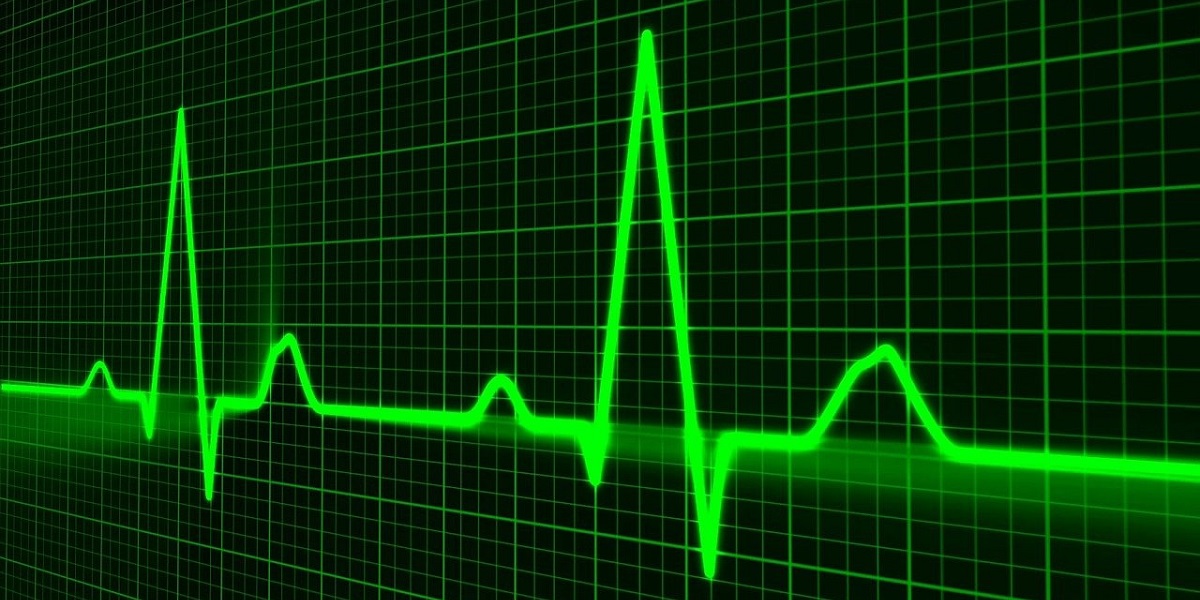
Boron Could Prevent Myocardial Fibrosis and Assist in Recovery | Cardiology
When you pass by the nutrition section at the local grocery store, there is a chance you’ll come across row upon row of vitamins. If you happen to gl | Cardiology
Last edited by a moderator:
For a second there I read Jack KruseFishy Business : Why Fish Oils Can Do More Harm Than Good by Youri Kruse, Raymond Peat (Foreword), Petr Grúz (Introduction)
View attachment 37992

OP
Peatness
Guest
Magnesium in renal fibrosis
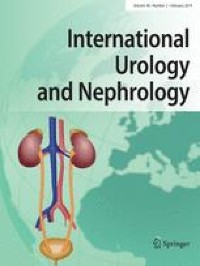
Magnesium in renal fibrosis - International Urology and Nephrology
Purpose Renal fibrosis (RF) is the main pathological feature of chronic kidney disease (CKD). The main focus of research on treatment for CKD is to develop strategies that delay or prevent RF from progressing to end-stage renal disease (ESRD). Inflammation and oxidative stress occur during all...
OP
Peatness
Guest
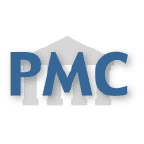
The Potential Health Benefits of Noni Juice: A Review of Human Intervention Studies
Noni juice is a globally popular health beverage originating in the tropics. Traditional Tahitian healers believe the noni plant to be useful for a wide range of maladies, and noni juice consumers throughout the world have similar perceptions. Nevertheless, ...
OP
Peatness
Guest
Home - electronic medicines compendium (emc)
The most up to date, comprehensive, regulated information about medicines. Easy to use, trusted and recommended by healthcare professionals
 www.medicines.org.uk
www.medicines.org.uk
Home - electronic medicines compendium (emc)
The most up to date, comprehensive, regulated information about medicines. Easy to use, trusted and recommended by healthcare professionals
What is emc?
The electronic medicines compendium (emc) contains up to date, easily accessible information about medicines licensed for use in the UK. emc has more than 14,000 documents, all of which have been checked and approved by either the UK or European government agencies which license medicines. These agencies are the UK Medicines and Healthcare Products Regulatory Agency (MHRA) and the European Medicines Agency (EMA).
emc hosts medicines information for medicines licensed for use in Great Britain (England, Scotland and Wales), as well as UK-wide licensed medicines (Great Britain and Northern Ireland).
The following marketing authorisation codes are applicable for Great Britain and UK-wide licensed medicines:
- PLGB – Medicine licensed by the MHRA for Great Britain only
- PL – Medicines licensed by the MHRA for the whole of the United Kingdom
Following Brexit, the European government agency, the European Medicines Agency (EMA), will continue to regulate certain medicines for Northern Ireland. This Northern Ireland-specific medicines information can be found on emc northern ireland (www.emcmedicines.com/en-gb/northernireland)
The medicines regulatory authorities have permitted a transition period for EMA licensed information to be updated to MHRA licensed information. emc therefore continues to hold EMA-approved information during this phased approach to full migration to emc northern ireland.
emc was launched in 1999 and has become an established website, trusted for reliable information about medicines. You can search and view medicine information on emc without the need to register. See the Legal and Privacy Policy for full usage terms.
emc is managed and owned by Datapharm Ltd. We work with pharmaceutical companies, the NHS, and other healthcare organisations to provide good information about medicines.
What does emc contain?
emc contains regulated and approved information on medicines available in the UK
- Summaries of Product Characteristics (known as SPCs or SmPCs)
- Patient Information Leaflets (known as PILs, Package Leaflets or PLs)
- Risk Minimisation Materials (RMMs)
- Letters to healthcare professionals
- Live Chat
- Audio/Video
- Safety Alerts
- Product Information
Summaries of Product Characteristics
An SmPC tells healthcare professionals, such as doctors, pharmacists and nurses, how to prescribe and use a medicine correctly. An SmPC is based on clinical trials that a pharmaceutical company has carried out, and gives information about dose, use and possible side effects. An SmPC is always written in a standard format, which is explained in our glossary.
Patient Information Leaflets
A PIL is the leaflet that is included in the pack with a medicine. The PIL is a summary of the SmPC and is written for patients. Our glossary section explains more.
Risk Minimisation Materials
Risk Minimisation Materials are part of a suite of measures that aim to optimise the safe and effective use of a medicine. See the glossary for more information.
Letters to HCPs
Letters to HCPs are direct communications to healthcare professionals to aid education and risk management. Their aim is to ensure the safe and effective use of a marketed medicine.
Live Chat
Live chat functionality is provided by the marketing authorisation holder, or manufacturer of a medicine, for healthcare professionals, and sometimes patients, to contact the company’s Medical Information department with questions about their medicines.
Audio/Video
Audio and video content provides additional information in a user friendly way to promote the safe and effective use of a medicine. They may demonstrate how to administer a medicine or improve the accessibility of the information, such as for the blind or visually impaired.
Safety Alert
Safety alerts are issued by the Regulator and/or marketing authorisation holder and contain important public health messages or safety critical information about a medicine.
Product Information
This is additional information about a product. It may include important information such as about a change of ownership of the medicine, package related information or stock issues.
Where does the information come from?
All the information on emc comes directly from pharmaceutical companies or via the medicines regulator (MHRA or EMA). Over 250 pharmaceutical companies subscribe to emc and so pay Datapharm to publish their information on emc website. This is how the information is approved and added.
- The pharmaceutical company drafts a Summary of Product Characteristics, Patient Information Leaflet or Risk Materials using the up to date information about their medicine
- The UK or European medicines licensing agency - the Medicines and Healthcare products Regulatory Agency (MHRA) or the European Medicines Agency (EMA) - then checks and approves the information
- The pharmaceutical company publishes the approved SmPC, PIL or risk materials on emc
How is the information updated?
When there is new information about a medicine, or when a new medicine is launched, the pharmaceutical company should update emc within 10 days of the UK or European medicines authority approving the change.
The Latest medicine updates page of the emc website shows you all the new or updated documents that have been published. This page also links to detailed information about the exact changes that have been made.
Who can use emc?
emc can be used by those looking for good quality, up to date information about medicines
- Healthcare professionals, such as doctors, pharmacists or nurses, use emc to check the latest information about medicines, and to help them prescribe medicines safely.
- Patients or their carers, check information about their medicines.
- The general public can find information about medicines they are thinking of taking.
emc is an established website, trusted for reliable information about medicines.
Last edited by a moderator:
OP
Peatness
Guest
Aspirin As An Antifungal Drug, Even Against Candida
It seems that aspirin may be useful to people struggling with Candida problems. This study shows various concentrations of aspirin inhibiting fungal growth and even killing Candida. http://aac.asm.org/content/48/1/41?ijke ... f_ipsecsha "...In the present study, a catheter disk model system...
Niacinamide Is A Potent Antifungal Effective Against Candida
I posted some studies some time ago showing that aspirin and methylene blue are able to eradicate Candida infections. This study adds niacinamide to the tools we have against pathogenic fungi, and it seems niacinamide is especially effective against Candida. The human equivalent dose was 35mg/kg...
OP
Peatness
Guest
Must watch - 5mins
View: https://www.bitchute.com/video/ghZGt4uPcV3G/
97% of the time Chemotherapy does not work - the fraud of Chemotherapy
View: https://www.bitchute.com/video/ghZGt4uPcV3G/
Must watch - 5mins
97% of the time Chemotherapy does not work - the fraud of Chemotherapy
View: https://www.bitchute.com/video/ghZGt4uPcV3G/
I always knew it was a fraud and killed people more than it helped.
OP
Peatness
Guest
This site by Walter Last contains a very wide range of articles, essays and books that are useful to overcome specific diseases and improve health through natural, holistic, and spiritual healing methods.
EMF Mitigation - Flush Niacin - Big 5 Minerals
Similar threads
- Replies
- 26
- Views
- 3K
- Replies
- 0
- Views
- 1K
- Replies
- 4
- Views
- 827
- Replies
- 2
- Views
- 1K
- Replies
- 1
- Views
- 679
- Replies
- 9
- Views
- 4K
- Replies
- 86
- Views
- 15K


